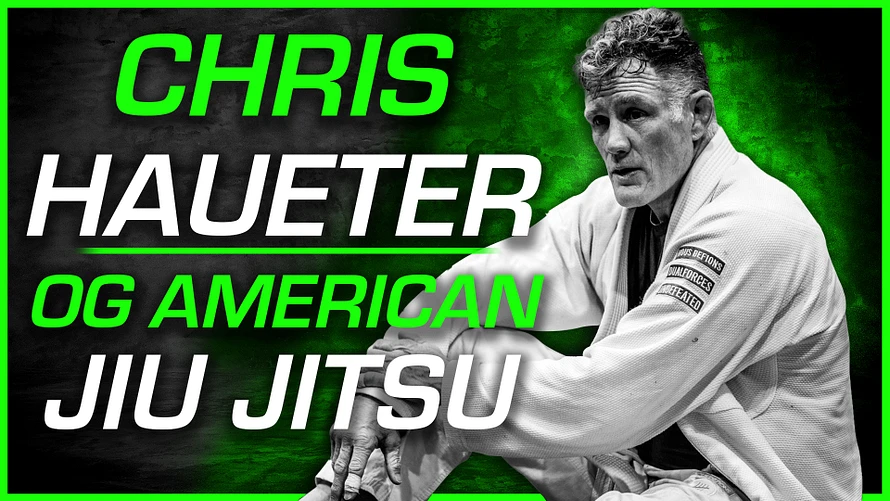The Evolution of American Jiu-Jitsu: Insights from Pioneer Chris Haueter

In a fascinating conversation with one of American Jiu-Jitsu's true pioneers, Chris Haueter, a six-degree black belt, shares his unique perspective on the evolution of BJJ in America and his role in shaping many of the traditions we see in modern academies. As one of the first American black belts and the first American to submit a Brazilian in official competition, Haueter's journey offers invaluable insights into how Jiu-Jitsu transformed from a hidden art in garage gyms to a global phenomenon.
The Pre-UFC Era: Discovering Hidden Gold
Before the UFC revolutionized martial arts, Haueter stumbled upon what he calls "the greatest martial art ever hidden in a garage." Training under the Machado brothers, he experienced Jiu-Jitsu in its raw form, when practitioners had what he colorfully describes as "AR-15s while everybody else had muskets." The art was so effective yet so unknown that Haueter recalls being able to easily submit entire special operations units simply because they weren't familiar with basic concepts like protecting their arms and necks.
The Cultural Transformation
Haueter provides a fascinating anthropological perspective on how Jiu-Jitsu evolved through different cultural lenses:
-
Japanese Origins: Characterized by hierarchical, controlled environments that preserved the art but limited innovation
-
Brazilian Modification: Removed rules and adapted the art for real-world combat scenarios, influenced by honor culture
-
American Innovation: Introduced systematic training methods, open mats, and academic approaches to technique development
Creating Modern Traditions
Perhaps most surprisingly, Haueter reveals his role in establishing several modern BJJ traditions:
-
The Belt Gauntlet: Originated from his military background and early experimentation with promotion ceremonies
-
The Iron Man Test: Adapted from wrestling traditions to create a more meaningful promotion experience
-
Women's Classes: Established the first sport-oriented women's class (albeit admittedly for "non-altruistic reasons" initially)
The Business Evolution
Haueter observes how BJJ schools have evolved from rough-and-tumble training grounds to family-friendly businesses. He notes that even world champions today must learn to run family-oriented schools to succeed commercially, marking a significant shift from the art's early days in America.
The Impact of Globalization
The "Cambrian explosion" of the 1990s, as Haueter terms it, saw the convergence of different grappling styles - Sambo, Judo, Wrestling, and BJJ. This period of rapid evolution was accelerated by:
-
Global connectivity allowing technique sharing
-
Removal of traditional barriers between styles
-
Experimental "laboratories" testing what worked
-
Cross-pollination between different martial arts communities
Looking to the Future
Haueter offers an interesting perspective on the future of Jiu-Jitsu, particularly regarding its potential as an Olympic sport. He suggests that if BJJ becomes a high school and college sport, Americans would dominate the podium within four years due to their established wrestling infrastructure and systematic approach to athletics.
The Importance of History
While acknowledging that modern practitioners might not fully appreciate BJJ's history, Haueter emphasizes its importance: "When you don't know history, you're more likely to repeat the same mistakes." He advocates for understanding BJJ's roots not just as martial arts history, but as a gateway to broader cultural and historical knowledge.
Conclusion
Chris Haueter's journey from training in a garage to helping shape modern BJJ culture offers valuable insights into how martial arts evolve through cultural exchange and adaptation. His story reminds us that while techniques and traditions may change, the core principles of efficiency, effectiveness, and continuous evolution remain central to Jiu-Jitsu's identity. As the art continues to grow and evolve, understanding its history and the pioneers who helped shape it becomes increasingly important for practitioners at all levels.